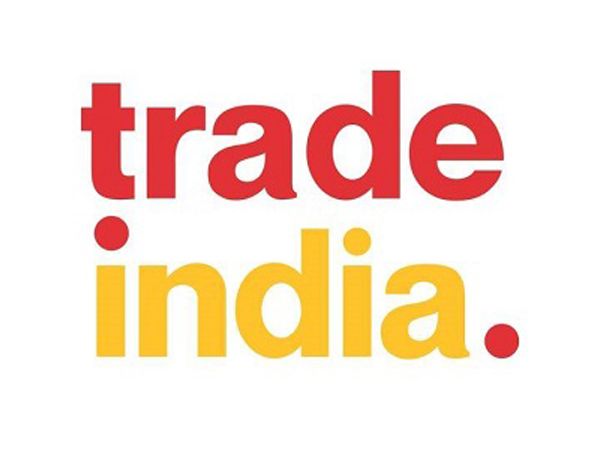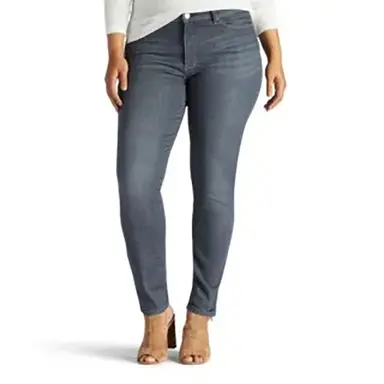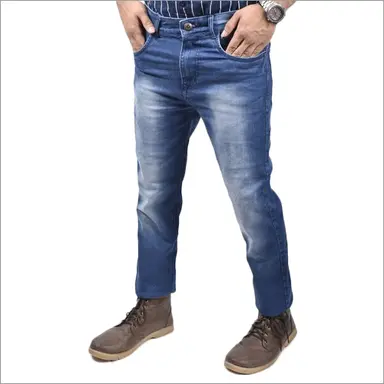Top 10 Jeans Manufacturing Companies in India

Denim is a type of fabric composed entirely of cotton fibres; however, it is frequently combined with polyester and spandex. Twill weave is used to make denim. Denim cloth is used to make Jeans. It is popular for its long-term usage, comfort, and elegance.
Many people inquire about denim fabric and the distinction between denim and jeans. I'll go through 24 different denim production processes in this post. Denim is a fabric composed entirely of cotton fibres, though it is occasionally combined with polyester and spandex. Twill weave is used to make denim. The mixed denim fabric is extremely stretchy and comfy to wear. Levis Strauss was the first to introduce denim fabric.
Denim is mostly used to make jeans (pants, jackets). Denim is usually dyed with a blue indigo tint. Denim items are becoming more popular every day because it is both trendy and practical. Teenagers like denim as part of their everyday attire. Denim has undergone extensive study and development, and you can now get world-class fashionable and stylish denim jeans and jackets. It will offer you a timeless appearance. You might be curious about how the denim fabric was created and the stages involved. The distinction between jeans and denim is that denim is the fabric used to make jeans.
History of jeans and jeans manufacturers
Blue jeans are denim-based casual pants known for their durability and comfort. They've been favoured by seafarers and California miners as tough work trousers, by that of the youth as a symbol of youth, and by the stylish, who recognise the value of designer brands.
The history of denim is fascinating. The name derives from the French serge de Nimes, meaning serge of Nimes. It was originally fashioned of tough wool fibre. It was manufactured of wool and cotton by the 1700s. It was only afterward that it was constructed entirely of cotton. It was originally used to build sails, but some forward-thinking Genovese sailors decided that such exquisite, sturdy cloth would make excellent trousers, or "genes."
Blue jeans got their name from the colour of the cloth used to create them. A blue dye derived from the indigo plants was used to cure denim. Indigo has been used as a dye in Asia, Egypt, Greece, Rome, the United Kingdom, and Peru since 2500 B.C. Till the 20th century, once artificial indigo was produced to replace the natural dye, blue jean producers imported indigo from India.
In the 1950s, blue jeans were fashionable among young people. In 1957, 150 million pairs of shoes were sold worldwide. Until 1981, this upward tendency persisted, and jeans producers were practically guaranteed yearly sales gains. In 1967, 200 million pairs of denim were produced in the United States, 500 million in 1977, and 520 million in 1981. When jeans initially became popular, apologists said that their cheap cost was the cause for their enormous popularity. However, even if the cost of blue jeans rose in the 1970s, demand consistently outstripped supply. Producers sometimes satisfy demand by supplying irregulars or slightly damaged items that would not ordinarily be sold. Levi Strauss established a trademark for authentic originals that began with the invention of blue denim jeans. Innovation and quality are at the centre of what the Levi's® brand does. One of India's most popular denim brands hence being considered by many as the best jeans company.
Process of denim manufacturing
The denim production process begins with cotton and ends with denim fabric that passes quality inspection.
Read More: Top 10 Saree Manufacturers in India
Top 10 Jeans Manufacturers Suppliers Exporters In India
1. Levi’s
Levi Strauss & Co. is a worldwide powerhouse in jeans and one of the world's largest jeans manufacturers. Dockers® and Denizen® are both parts of the Levi's® brand. It is one of the top ten jeans brands. The brand has 500 outlets worldwide, and its products are sold in 110 countries. Levi’s is the most popular brand of excellent jeans in India.
2. Wrangler
Wrangler is another denim brand for everyday wear. Since the birth of denim, real-life events have been the brand's motivation and direction. According to the brand, clothing should be made to meet the demands of the individuals wearing it.
3. Lee Jeans
Following Henry David Lee's founding of the 'H.D. Lee Mercantile Company' in Kansas, USA, Lee has become an iconic denim brand that continues to make history through product innovations such as the world's 1st zip fly denim – 101Z in 1926, the iconic 'Hair-on-hide' leather tag, and the 'Lazy S' pocket threading.
4. Pepe Jeans
Born on the sidewalks of Portobello in 1973 and is still worn throughout the world today. As a denim pioneer, the brand has continually redefined the notion of denim to stay current. It is a legendary brand that is connected with denim and unbridled innovation. Pepe Jeans London lays the groundwork for you to express self-assurance, individuality, and authenticity.
5. Spykar
Spykar is an Indian young fashion denim brand founded in 1992. Spykar is noted for its superior product quality and exceptional fits and its flair for innovativeness, new product releases, and developing fashion for young India.
6. Diesel
Diesel, which originated in Molvena, Italy, has grown to become one of the most well-known apparel labels in the world. It was formed in 1978 by Renzo Rosso and Adriano Goldschmied and now sells to several nations.
7. Mufti
It is an Indian apparel company founded by Kamal Khushlani in 1998. It is well-known for its high-quality men's shirts and its high-quality denim clothes.
8. Killer
This is a luxury Indian apparel company worth checking out if you seek something different. The company was created in 1989 and shot to fame in India in 2002 when it pioneered the low-waist jeans trend.
9. Lee Cooper
Lee Cooper, founded in 1908 by Morris Cooper, has revolutionised casual fashion worldwide. This American-English business is known for its “high-quality denim, t-shirts, shoes, and belts” made from high-quality raw materials.
10. Jack & Jones
Jack & Jones is among the greatest denim companies on the market, with a growing following in clothes and gear. The company is known for its comfortable and attractive clothes, popular across all demographics.
Conclusion:
You want a pair of comfy blue jeans to take you anywhere: “work, class, the gym, or the club”. Your investigation is done after you identify the pair that satisfies that criterion.
FAQs: Jeans
Q. In India, what are the top men's jeans brands?
Ans. Some of the greatest men's jeans brands in India include “Levi's, Wrangler, USPA, Lee Cooper, and Spykar”.
Q. Which jeans business employs environmentally friendly manufacturing methods?
Ans. Diesel is recognized for employing environmentally friendly techniques to source its cotton and is among the few companies.
Explore More :


